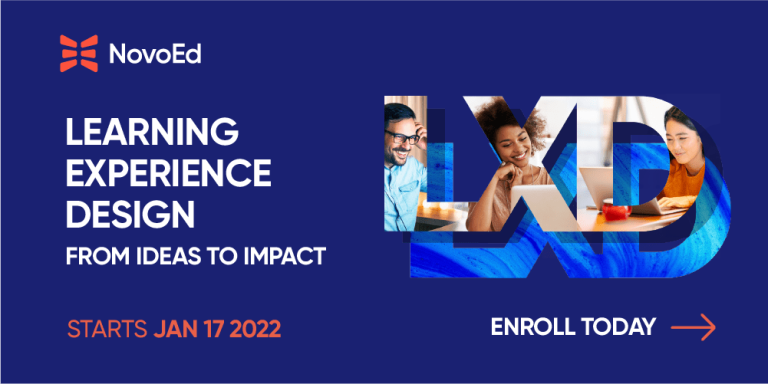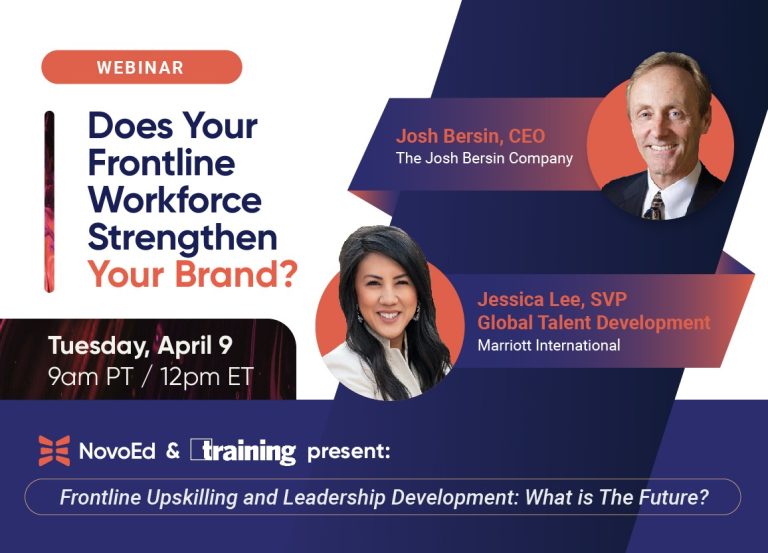Infographic: Instructional Design vs. LXD
There are several key differences between Learning Experience Design (LXD) and Instructional Design (ID). Since LXD is rapidly changing the face of corporate instruction, it is important to understand these differences to incorporate new strategies for course design as the training needs of modern workforces face rapid change.
Learn more about LXD in this blog post, or see the infographic below.

Definitions
Instructional design is a blend of psychology, education, and communication that creates teaching plans for specifc groups of students, exploring how they learn and what methods will help them to reach their goals.
Learning experience design is a multidisciplinary approach to training that recognizes that most learning happens, not by instruction, but through experience.

Core elements
Instructional design incorporates more traditional methods of instruction, such as tests and quizzes.
Learning experience design combines the best elements of more traditional forms of instruction with an experience – and results-centered approach that leads to better outcomes for trainees.
Instruction examples
In instructional design courses, traditional methods of instruction such as routine lessons and content-based quizzes put the lesson at the forefront of the training program.
In learning experience design, workplace simulations, hands-on discussions, and role-playing allow for real-world, experiential learning in a classroom setting.
Outcomes
The majority of employees do not apply what is learned through ID to their day-to-day work. A learner typically remembers only 10% of traditional instruction as it applies to the workplace. Companies face low completion rates and engagement during training courses. Course designers feel frustration and a lack of fulfillment from their work due to company dissatisfaction.
LXD allows for an advanced level of diversity and inclusion for a wide range of employees. LXD’s focus on the 70/20/10 model means that experiential learning — which accounts for 70% of what a learner remembers from training — takes precedence during course development. Dynamic, much-needed shifts within corporations are made possible. Designers can achieve new levels of success.
It’s time to make the switch!
If you are ready to leave the past behind and make the switch to LXD, register for our Learning Experience Design course and learn what you need to do to update your corporate training material. Gain core competencies and interact with a global community of peers and alumni.
Related Searches
Learning Experience Design Services, Learning Experience Designer, Learning Experience Design Course



